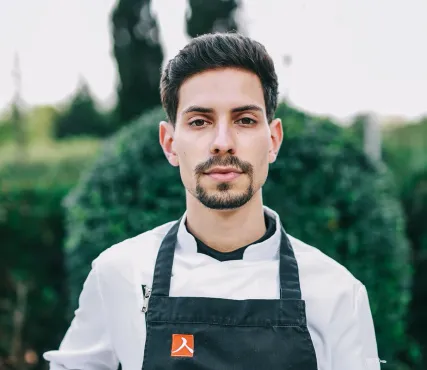
At 27, Rui Mota has possibly seen more Michelin stars and worked with more world acclaimed chefs than any other cook in his native country, Portugal. A learned professional holding higher education degrees in food design, chemistry and psychology, he decided to apply his impressive academic and field experience to teaching Portugal’s next generation of chefs the secrets of food design and molecular cuisine in the country’s top cooking schools.
Was it your stay at Heston Blumenthal's that sparked off your interest in molecular cuisine?
When I arrived at Blumenthal's Fat Duck I discovered a whole new approach to food, an extreme application of chemistry to gastronomy. In that sense the Fat Duck was the dream place to work at, but it was hard work, too: 17 hours a day, always running, always pushing for perfection, but in the end it made me the chef that I am today. I can say that my journey as a chef is based on my experience in the many different countries where I worked alongside those famous chefs. In addition, my academic background in food chemistry, food engineering and microbiology helps me to precisely develop and test recipes, respecting the nature of ingredients, and their processing methodologies.
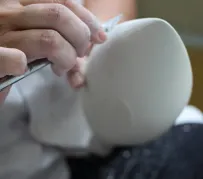
What about the visual element of your creations?
If I hadn't become a chef, I would have been a designer. I think it's really important to include design as a subject in cooking schools. Things are starting to move in that direction now, but at the time I only had the opportunity to study design during my master's degree. The title of the Master's thesis was "Food Design and Psychophysiology of the Human Senses". Food Design is important throughout the whole creation process of a new dish, concept or food event.What’s the importance of the quality of ingredients?
One very important concept is that of sustainability, which is not only about the environmental impact of food production and sourcing but also about the overall economics of the food system. When I was working at L'Air du Temps, in Belgium, they had 6 hectares of fields around the restaurant where they grew their own vegetables, herbs and produce to the highest possible quality standards. Food design nowadays must take these aspects into consideration, and put sustainability into the equation.

Do health considerations also play a role in food design?
Today, there's more awareness about the health aspects of food, but since the trend started with health-conscious home chefs, recipes and processes tend to be quite simple and unattractive. People say vegan food is boring, but I want to change that perception. My intent is to make healthy eating part of the experience at top establishments by teaching the next generation of chefs how to do it in a creative way.
“I’ve designed some of the strangest things, like floating food or luminescent ingredients that would glow in the dark”
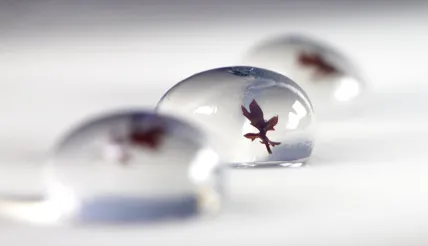
Rui Mota earned a bachelor's degree in Lisbon's High Institute of Tourism & Hospitality, majoring in Food Management & Food Production. During his studies he went on internships at Heston Blumenthal's legendary Fat Duck restaurant in the UK, and at Jordi Cruz's ABaC in Barcelona, both donning 3 Michelin stars. He then earned a master's degree in Gastronomical Science, more specifically in the chemistry and physics related to cooking. During that master's he did two more internships: the first one in Belgium at L’Air du Temps, a two-Michelin-stars restaurant in the Namur area with a strong focus on sustainability. Finally he went to El Celler de Can Roca in Girona, Spain, one of the best restaurants in the world. Today, he dedicates himself to teaching - he is currently involved with 4 top cooking schools - while consulting for leading international brands.
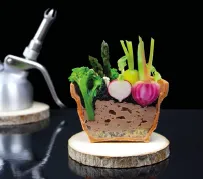
What about technology?
In cooking, technology means precision. I would say that there is no precision without technology. It can help in the more repetitive, or dangerous tasks so we can concentrate on creativity and on the more complex aspects of our job. I use technology a lot, from precision scales to sous-vide circulators, to siphons and now even 3D food printers.What’s the importance of the "fun" element?
I've designed some of the strangest things, like floating food or luminescent ingredients that would glow in the dark. Someone even had me create a yellow steak with a fake fried egg on top. I get to create food that no one has ever seen nor tasted before, it's exciting. Observing the reactions of the clients once they discover it and try it, that sense of "wow", is something that's highly comforting and rewarding. Part of my work is to help restaurants and bars introduce new and innovative recipes in their menus, things that would be unique to them. For a well- known brand, I even created pop-corn that, when eaten, will make you blow smoke out of your nostrils!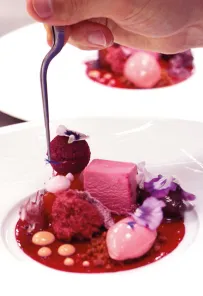
What do you think of new food trends such as gluten-free, low- carb and the likes?
One of the classes I teach is entirely dedicated to these food trends. We also focus on new, emerging ingredients such as seaweeds, superfoods and even insects. Customers are getting more and more demanding regarding this subject, and it's important for a restaurant to build trust and offer choice to guests who have specific needs. Knowledge of molecular cuisine is fundamental here. It's all about the chemistry and the physics of the process of cooking. My personal feeling about such trends is that they will continue to grow and will need more and more attention on the part of chefs.What have you got planned for your own future?
Before I'm 30 I'd like to do a PhD in Food Design and Psychology. How we can play with senses, how we can influence them through food. That’s my first goal. Later I’d like to open a restaurant where I could apply all these concepts, offering a different, exquisite experience to diners, here in Portugal.Copyright © Homa 2023
All rights reserved

.jpg?VGhlIFBlcmZlY3QgU2xvdC1pbijmraPnoa4pLmpwZw==)












.jpg?MTkyMHg3MjDvvIhkZXPvvIkuanBn)
.jpg?MTAyNHg3NDDvvIhkZXPvvIkuanBn)



















